Or an examination of how Fatale explores the timeless nature of an archetype.
Ed Brubaker, Sean Phillips, Dave Stewart, Elizabeth Breitweiser; Image comics
The main Fatale storyline is about a woman cursed to control men at the cost of their ruin who is on the run from supernatural horrors. Jo, the title character therefore functions like as a literalized femme fatale: she literally is a dangerous, sexy woman who lures men to their doom. As such Jo is very much the embodiment of a certain literary archetype, the dangerous, seductive woman in peril. And as an archetype, Jo, or a character just like her, can be inserted into a wide variety of different dramatic situations in a really natural way. A big part of the ongoing series of Fatale is exploring how the archetype of the femme fatale fits into different stories in a really interesting way.
There will be *SPOILERS* for Fatale Vol. 1-3
In Fatale: Death Chases Me we see Jo written into a Pulp Crime story. In this chapter of the story Jo runs afoul of gangsters lead by Lovecraftian horrors. To escape their clutches she draws into her spell a young journalist and her slightly crooked detective lover. The trio manages to defeat the horrific gangsters but at the cost of the detectives life and the journalists family. It's a really gritty, really hardboiled crime comic that manages to tell a quintessential story about a dangerous dame.
Fatale: The Devil's Business takes Jo and throws her into a story inspired by Film Noir. This time Jo is living in opulent seclusion, trying to avoid the men she inevitably destroys. That is until a down-on-his luck actor accidentally violates her quarantine and brings Jo to the attention of an LA cult of satanists lead by a familiar horror. Again Jo manages to escape but at the cost of her lover's life. The Devil's Business, while still broadly a crime comic, is bigger, faster, and slicker than Death Chases Me and explores the femme fatale archetype through the lens of a movie heroine.
In one of the stories in Fatale: West of Hell, Mathilda, a woman in medieval France is cursed in the same manner as Jo: she too carries the power to control and ruin men. Her curse convinces those around her that she is a witch, forcing her to flee from society into the wilds. While fleeing she falls under the protection of Ganix, an elderly member of the very order of warrior clerics tasked with hunting witches. Which provides Mathilda with a level of serenity until his order catches up with them and enacts a terrible blood sacrifice that leaves Mathilda at the mercy of an unspeakable horror. This vignette in the broader Fatale comic tackles the fatale character in the context of a grim fairytale.
Another story in West of Hell features Black Bonnie, a gunslinging outlaw who is also afflicted with the femme fatale curse. The story has Bonnie living outside the law after her current life was violently ended. However her lawless ways are brought to an end when a pair of bounty hunters, Milkfed and Professor Smythe, take Bonnie under their wing and recruit her to help them steal an unholy book from an order of cultists. In the ensuing showdown the professor is killed, but Bonnie and Milkfed manage to procure the foul text and disappear into history. This section of the story is a wild west yarn that plays with the idea of the femme fatale within the genre conventions of western stories.
The final chapter in West of Hell tells a story about Jo set during the second world war 2. In this chapter Jo is caught in Europe during the war and spends time learning about the unseen world from a kindly old woman. Unfortunately Jo's curiosity gets the better of her and she goes to investigate the occultist agents of the Nazi Reich. The inevitable happens and Jo is captured by the Nazis and slated for ritual sacrifice. Fortunately Jo is rescued from doom by an American Commando. The pair then begin a whirlwind romance that will tragically end during the events of Fatale: Death Chases Me. This chapter explores the femme fatale archetype from the perspective of world war 2 and classic adventure serials.
Throughout the run of the comic Fatale has managed to tell a pretty diverse collection of stories with wildly different settings that borrow from a variety of genres. Fatale has told a hardboiled pulp crime story, a film noir inspired thriller, a classic creepy fairytale, a spaghetti western, and a war adventure serial while remarkably using the same main character. Because Jo in all her eras and Mathilda and Bonnie are, for all practical purposes, the same archetypical character, the same literalized realization of the femme fatale. And the way this archetypical character is seamlessly used in these diverse characters speaks to the universality and timelessness of this character. (As does, in a way, Jo/Mathilda/Bonnie's ageless immortality). And maybe this meditation on the femme fatales speaks more broadly to the universality of all character archetypes: the basic shapes of characters can be fit into any virtually any story in a meaningful and interesting way. And that, is pretty cool comics.
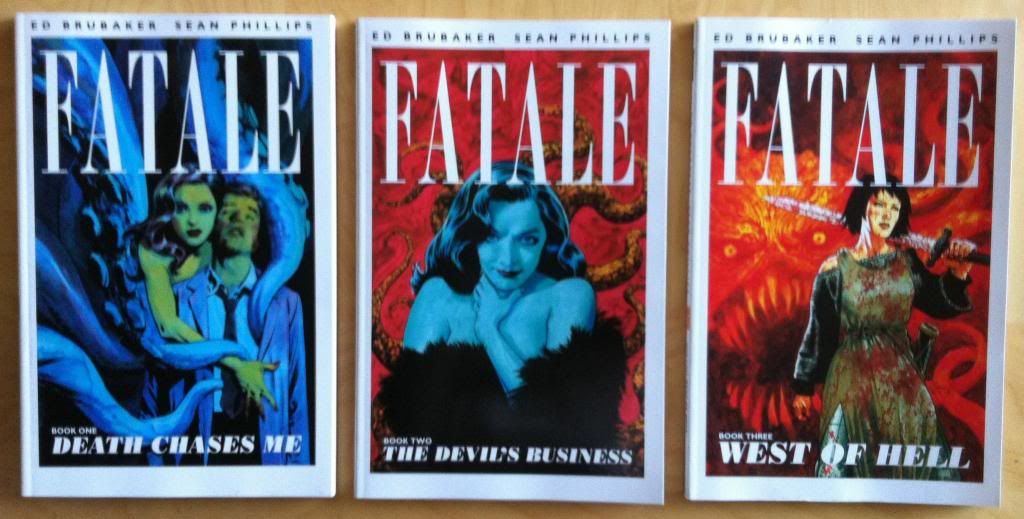

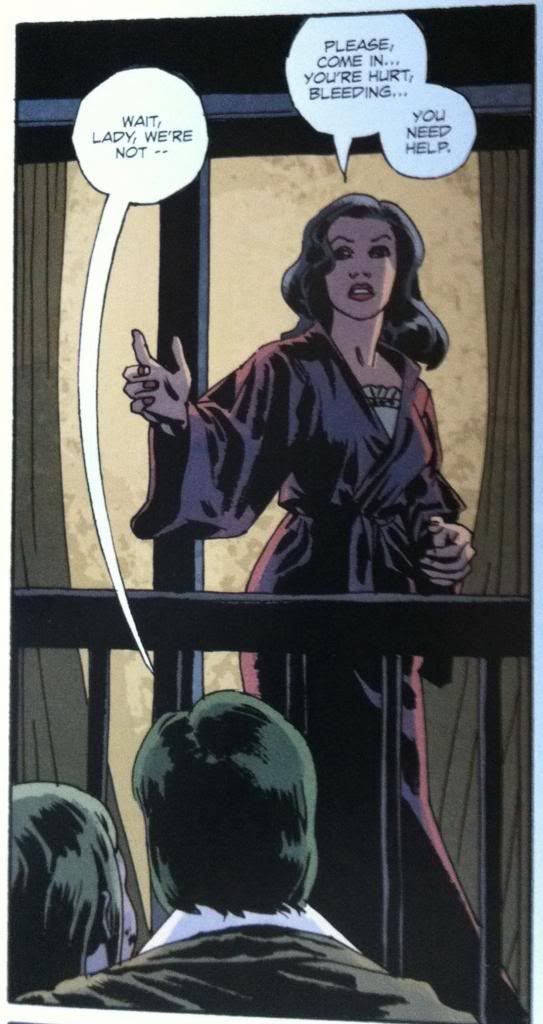
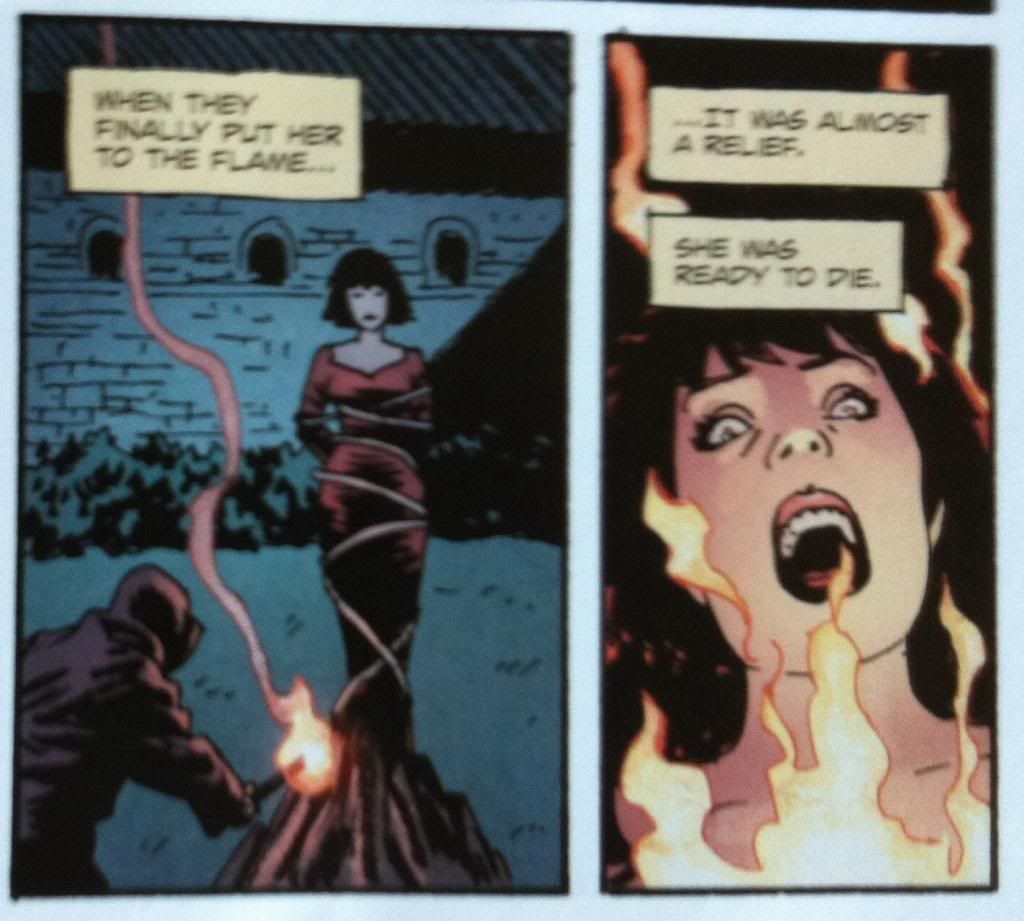
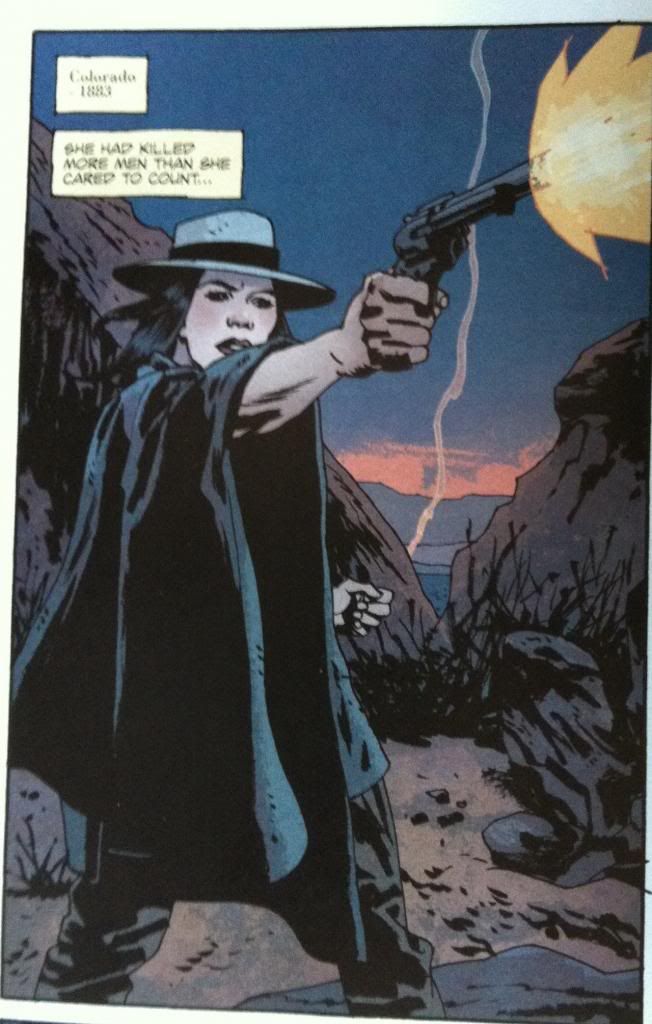
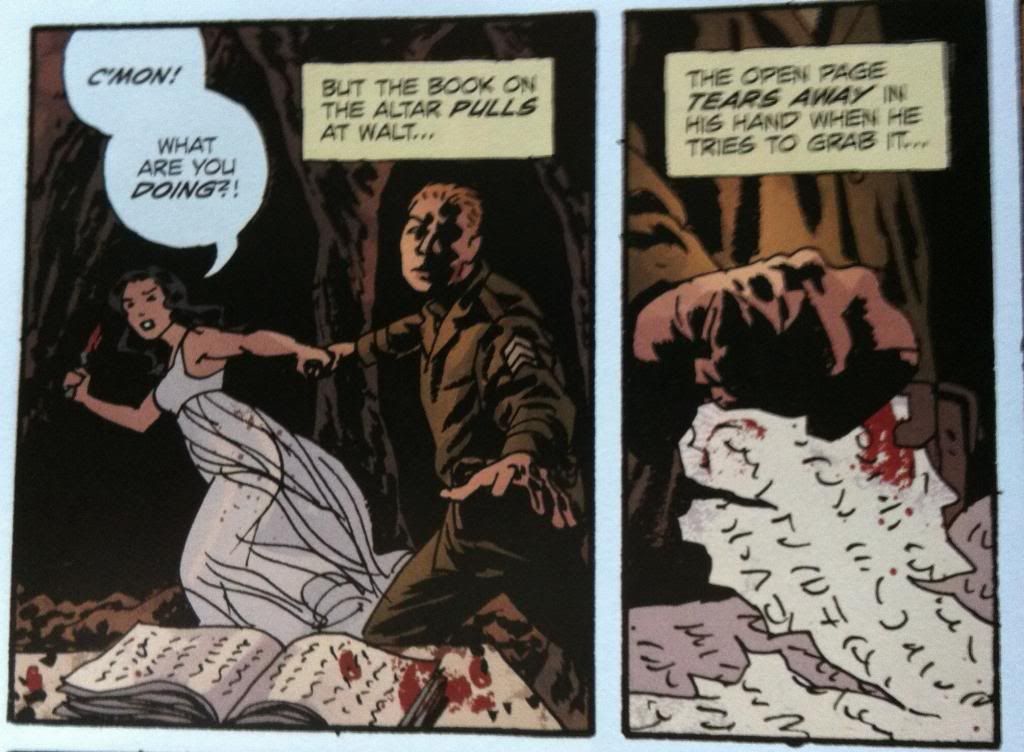
No comments:
Post a Comment